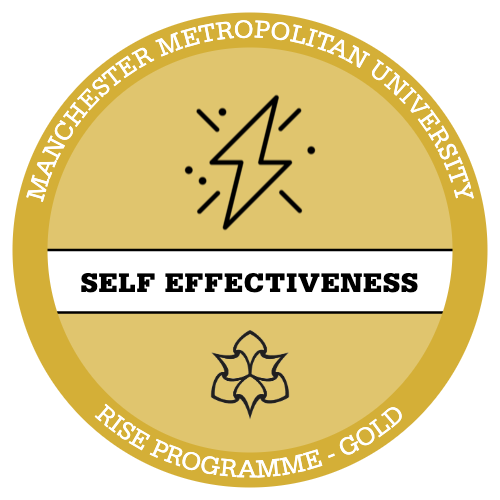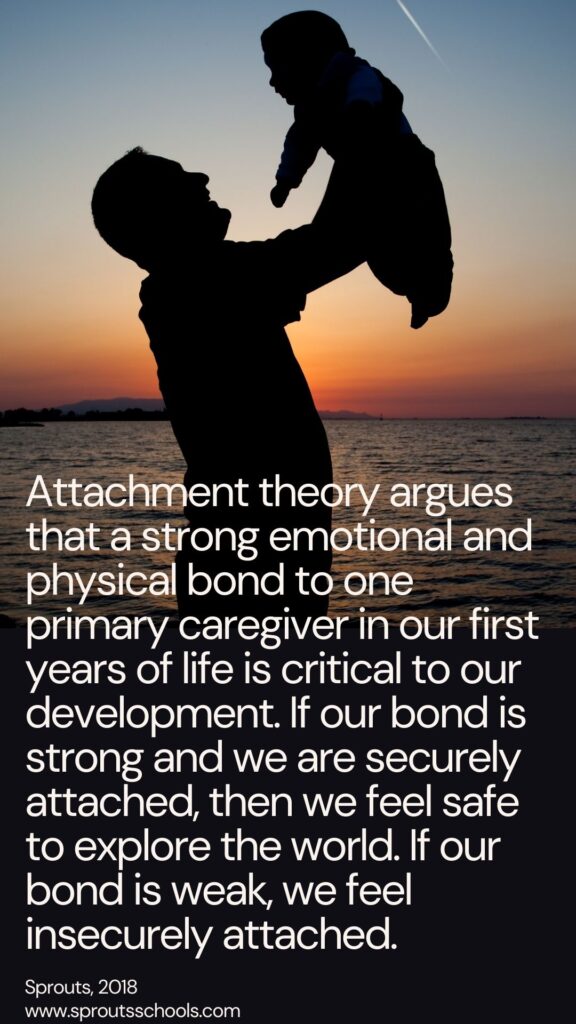Attachment Theory
Attachment Theory can give us a better understanding about why and how some children behave the way they do. John Bowlby, a British Psychologist, was the first attachment theorist and believed that the earliest bonds formed by children with their caregivers form a blue print for how the child grows up and relates to other people and the world around them.
Watch the following video to make sense of attachment theory and how the early years of a child’s life are most important for building secure attachments.
Sue Gerhardt, author of ‘Why Love Matters’ believed that the earliest responses from caregivers shapes responses to stress. She writes:
“Early care establishes the way we deal with stress. Babies rely on their carers to soothe distress and restore equilibrium. With responsive parents, the stress response, a complex chain of biochemical reactions, remains an emergency response. However, being with caregivers who convey hostility or resentment at a baby’s needs, or who ignore their baby or leave him in a state of distress for longer than he can bear, will make a baby’s stress response over-sensitive.”
Sue Gerhardt
You can find the whole interview here.
The Circle of Security
The Circle of Security provides a way to understand the complexity of the attachment system by providing a visual map of caregiver-child attachment. It highlights the importance of human connection and can be used as part of interventions for caregivers to help them reflect upon children’s attachment needs in order to promote secure attachments within a child.

Source: Circle of Security International
The founding principles that underlie the Circle of Security models of intervention are outlined on the website What is the Circle of Security – Circle of Security International and summarised below:
- Attachment problems in infancy and early childhood increase the probability of psychopathology later on in life.
- Secure attachment relationships with caregivers are a protective factor for infants and preschoolers, setting the foundation for social competence and promoting effective functioning of the emotion regulation and stress response systems.
- The quality of the attachment relationship is amenable to change.
- Learning, including therapeutic change, occurs from within a secure base relationship.
- Lasting change in the attachment relationship comes from caregivers’ developing specific relationship capacities rather than learning techniques to manage behaviour.
- All caregivers want what is best for their children.
Read the following article to gain further knowledge of attachment theory and reflect on why you think it is important in relation to young children’s emotional wellbeing.

Read: Childhood Attachment
<undefined></undefined>
Rees, Corine (2017) British Journal of General Practice
Rees argues that attachment is not considered enough and outlines why she thinks it’s so important and should be an essential part of antenatal teaching and postnatal support. Do you agree?
Have you noticed how Bowlby originally referred to the ‘mother’ in his research and theory development? Later works have widened the lens to consider the ‘primary caregiver’.

Stop and Reflect:
Bowlby’s work on attachment in the 1950s focused on the mother-infant relationship. Research and consider:
- Why might this be problematic today?
- What was the context in which Bowlby was developing his work? Why might this be important?
- Did anyone oppose Bowlby’s ideas?
- What do you think of Attachment Theory? Does it make sense to you?







